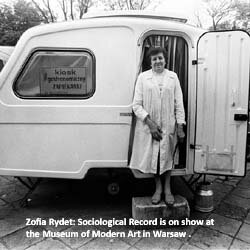| The Nordic Museum of Drawing in Laholm, Sweden, now introduces artist Sol Kjøk, born in 1968 in Lillehammer, Norway, now a long-time resident of Brooklyn, New York. The Norwegian artist has lived and worked in many different cities in Europe and the U.S. Her drawings speak an international language that can be understood in all cultures; that is, they communicate through their human figurations, their demonstration of the body’ possibilities in interaction with one another. The models in her drawings undertake strenuous acrobatic movements in her studio, such as walking the tight rope, climbing ropes, juggling and balancing on balls. Kjøk photographs their actions, then cuts up the pictures and arranges them in collages that subsequently serve as a basis for her drawings. |  |
Helmer Lång
The Nordic Museum of Drawing in Laholm, Sweden, now introduces artist Sol Kjøk, born in 1968 in Lillehammer, Norway, now a long-time resident of Brooklyn, New York. The Norwegian artist has lived and worked in many different cities in Europe and the U.S. Her drawings speak an international language that can be understood in all cultures; that is, they communicate through their human figurations, their demonstration of the body’ possibilities in interaction with one another.
The models in her drawings undertake strenuous acrobatic movements in her studio, such as walking the tight rope, climbing ropes, juggling and balancing on balls. Kjøk photographs their actions, then cuts up the pictures and arranges them in collages that subsequently serve as a basis for her drawings. This makes for a kind of conceptual art, but the artist directs the action in such a way that the result reads both dramatic and bewildering. The viewer constantly feels that there is much more to this than a simple juggling with the organic forms of the human body; there are symbolic accents and even a philosophy of life.
The artist’s philosophy objects to conventional gender thinking. Kjøk refuses to accept masculinity and femininity as opposing forces. Her figures and constellations are often sexual, but one continually wonders whether this is about men or women in symbiosis. This is accentuated by the fact that the typically female forms with swelling breasts have typically masculine features, both in the shape of their skulls and in their massively muscular legs with big feet. In the male figures, only the musculature is emphasized in an extremely provocative way, without sexual undercurrents.
I, for one, am drawn to the imagery itself and especially to the titles, which often provide some insight into the artist’s spirit. The majority of titles includes the word “string,” most often as string of beads. These strings are red in color, like the balls with which the figures play, and appear to be running from their fingers as crimson strands. Women and men are unabashedly mixed together, forming large globes swirling through space, balanced by one or more human figures, either typical men or women or androgynous beings. Thus, a male figure may balance two women on top of one another with only one finger, while the women, in turn, carry globes of human bodies on their shoulders. It seems an image of human symbiosis against all laws of nature that recurs in multiple versions.
The artist’s solo exhibition at the Nordic Museum offers some 50 drawings, the majority of which are in black and white while some are executed in a limited range of hues. Red accents stand out as scarlet strings of beads and balls embodying life and joie de vivre. The bodies’ movements and constellations are richly varied. Anyone attempting to understand how this may be physically possible is stumped. These are simply a kind of impossible figures, not abstract and geometric like those by Oscar Reutersvärd, but physically and figuratively palpable, and intriguingly mystifying.















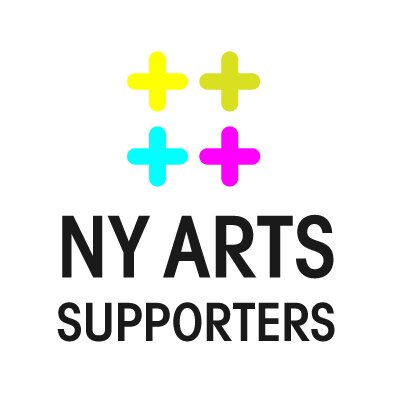




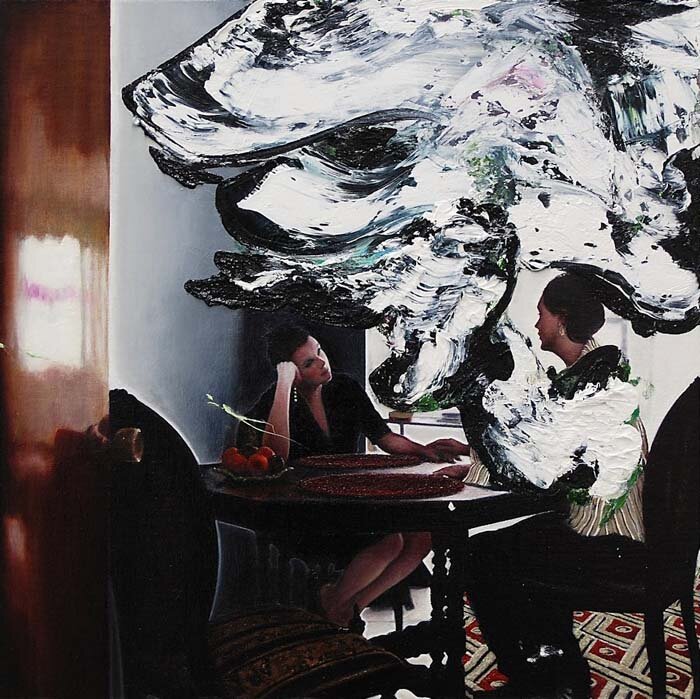

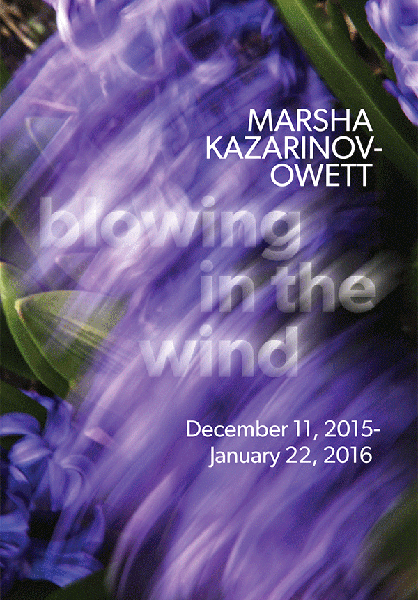






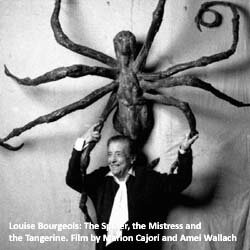 </ br> </ br>
</ br> </ br> 